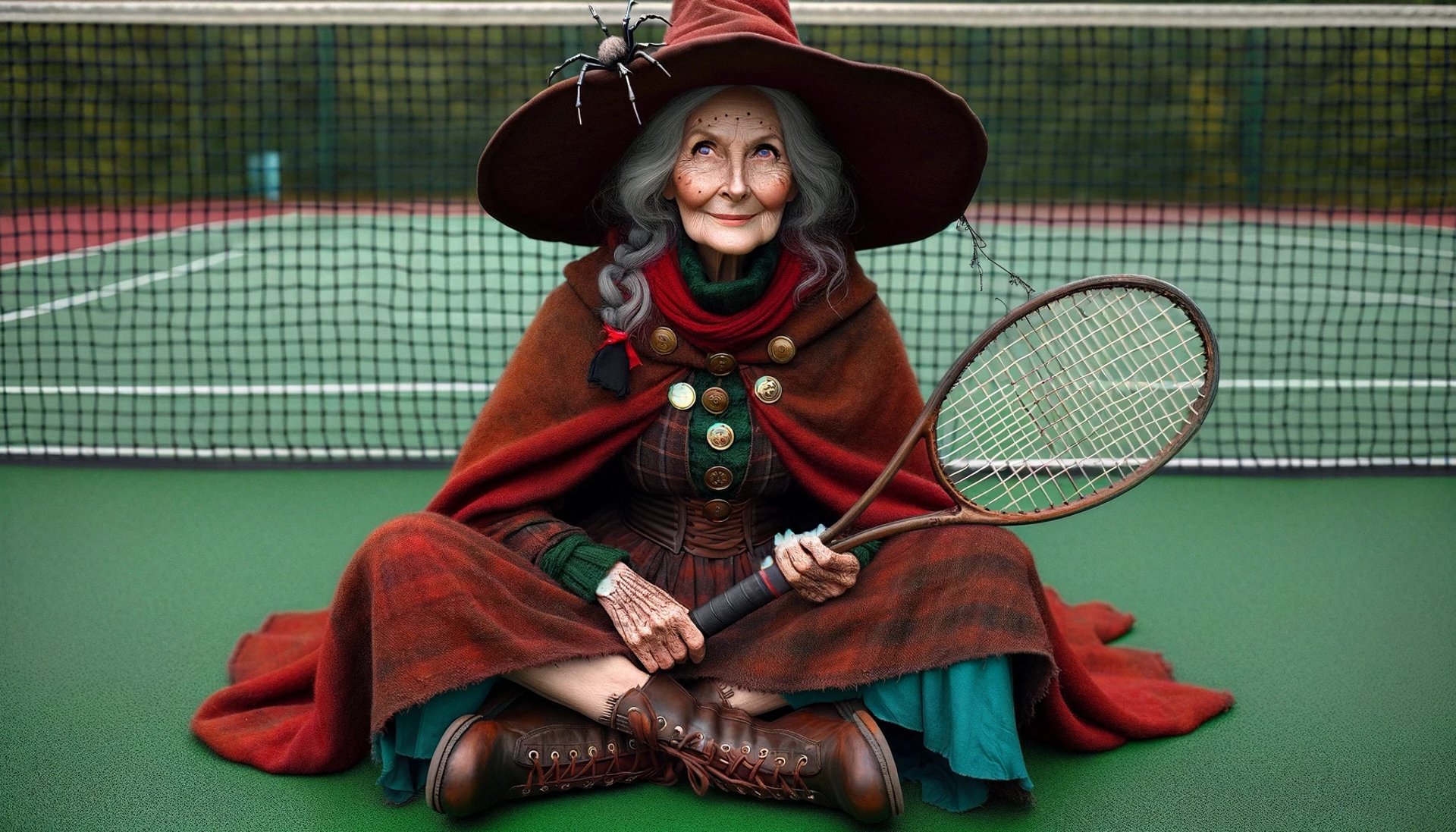
The history of witchcraft in the UK
A brief outline of the long history of witchcraft in the UK


The history of witches in the UK is a fascinating journey through folklore, fear, and societal transformation. The concept of witches, often depicted as individuals, predominantly women, with magical powers, has evolved significantly from ancient times through to the modern era.
Ancient and Medieval Periods
The roots of witchcraft in the UK trace back to ancient pagan practices. Druids, for instance, were seen as wise and spiritual leaders in pre-Christian Celtic societies. They were believed to possess supernatural abilities and a deep connection with nature. However, with the advent of Christianity, such pagan practices began to be viewed with suspicion and fear. The Christian Church sought to suppress these old religions, often branding their practices as witchcraft and heresy.
During the medieval period, beliefs in witchcraft were deeply ingrained in society. Witches were thought to have made pacts with the devil, gaining powers to harm or heal. This period saw the rise of local cunning folk, or wise women and men, who were consulted for their knowledge of herbs, healing, and divination. While they were often respected, they could also become targets of accusations if misfortunes befell a community.
The Witch Trials
The most infamous era of witch persecution in England and Scotland began in the 16th and 17th centuries, peaking during the reigns of James VI of Scotland (who later became James I of England) and Elizabeth I. The Scottish king was particularly notable for his obsession with witchcraft, which was partly fuelled by his involvement in the North Berwick witch trials in 1590. James VI believed that witches had conjured storms to sink his ship as he returned from Denmark with his bride, Anne.
This period saw the publication of "Daemonologie" by James VI in 1597, a treatise that endorsed the belief in witches and outlined methods for identifying and prosecuting them. Under his influence, witch hunts and trials became more frequent. In England, the Witchcraft Act of 1563 under Elizabeth I made witchcraft a felony punishable by death.
Matthew Hopkins and the English Civil War
The English Civil War (1642-1651) exacerbated the fear of witches. During this time, Matthew Hopkins, self-styled as the Witchfinder General, conducted one of the most notorious witch hunts in English history. From 1644 to 1647, Hopkins and his associates were responsible for the execution of over 100 alleged witches, primarily in East Anglia. His methods were brutal, including sleep deprivation and pricking, to find witch marks. His actions significantly contributed to the heightened hysteria of the period.
Decline of Witch Hunts
The late 17th century saw a gradual decline in witch hunts and trials. By the early 18th century, the Enlightenment brought a new wave of scepticism towards superstitions and witchcraft. The last known execution for witchcraft in England was in 1682, and in Scotland in 1727. The Witchcraft Act of 1735 marked a significant turning point, as it effectively decriminalized witchcraft, viewing it as an impossible and superstitious practice rather than a real and punishable crime.
Modern Interpretations
In the 20th and 21st centuries, the perception of witches has undergone a substantial transformation. The rise of the Wiccan movement in the mid-20th century, founded by Gerald Gardner, sought to reclaim and celebrate witchcraft as a positive, nature-based spirituality. Wiccans and modern pagans emphasize the importance of harmony with nature, personal responsibility, and the use of magic for good.
Today, the image of the witch is often more positive, symbolizing female empowerment, independence, and a connection with the earth. The legacy of historical witch hunts, however, remains a poignant reminder of the dangers of mass hysteria, scapegoating, and the persecution of the marginalized.
In conclusion, the history of witches in the UK is a rich tapestry of cultural evolution. From ancient pagan roots and medieval fears to the tragic witch hunts and modern revival, the story of witchcraft reflects broader societal changes and the perennial struggle between superstition and reason.
